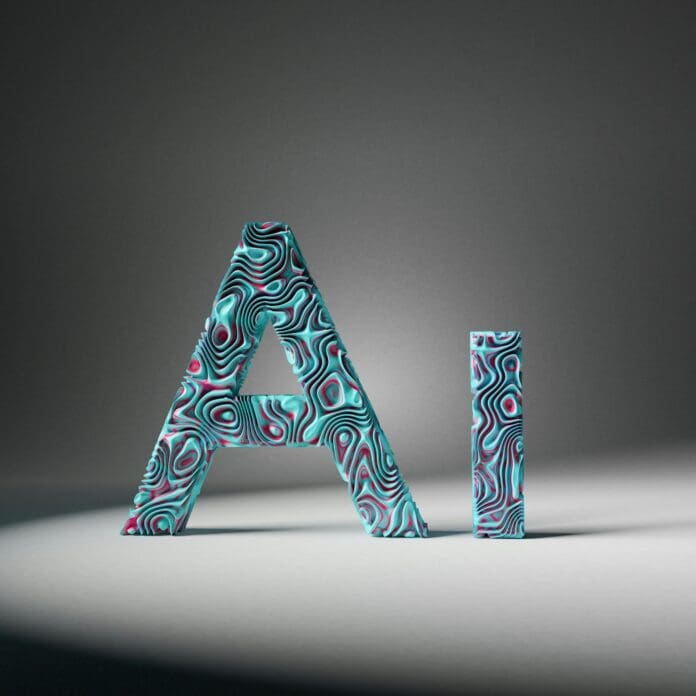This post is also available in:
 עברית (Hebrew)
עברית (Hebrew)
Researchers at the University of Sharjah have unveiled a groundbreaking artificial intelligence system capable of automatically identifying Arabic dialects, marking a significant advancement in language technology. This innovative work, recently published in IEEE Xplore, aims to simplify the complexities of Arabic dialects that traditional speech recognition systems often struggle to accurately interpret.
Arabic is spoken throughout many countries and has many different regional dialects, each with its own unique pronunciation and vocabulary. This diversity presents unique challenges for technology, especially given its distinct phonetic characteristics. The system that was developed by the researchers can automatically identify which Arabic dialect someone is speaking, which is an incredible technological feat.
According to TechXplore, the research team faced a formidable challenge in training computers to recognize different dialects solely by analyzing spoken words. The development of a machine learning model that could accurately differentiate among a wide array of Arabic dialects from audio recordings required overcoming both the inherent complexity of the dialects and the technical difficulties of audio processing. The researchers utilized an extensive dataset of over 3,000 hours of audio, collected from platforms like YouTube, encompassing 19 dialects spoken in countries from Syria and Lebanon to Saudi Arabia and Morocco.
Impressively, the AI model achieved high accuracy rates, correctly identifying regional dialects 97.29% of the time and specific country dialects 94.92% of the time. “Remarkably, we achieved this using only 29% of the training data typically required by other researchers,” noted Prof. Ashraf Elnagar, Professor of Computer Science and Intelligence Systems. The team has made their models publicly accessible on the HuggingFace platform, encouraging other researchers to leverage their work for improved Arabic language technologies.
The potential applications of this AI system are vast, paving the way for future innovations in speech recognition. The team noted that there is industry interest in their work, mentioning its potential for widespread adoption in AI-driven language applications. With the project’s high accuracy and low data requirements, the system stands out as an accessible tool for enhancing Arabic language processing capabilities, attracting interest from tech giants like Microsoft and government entities in Sharjah.


























